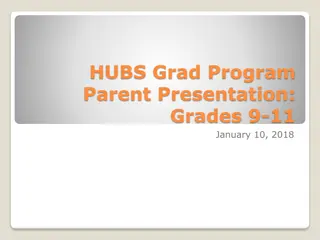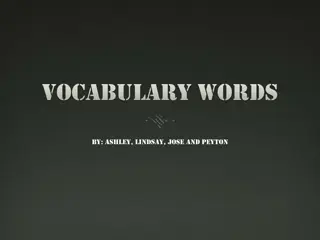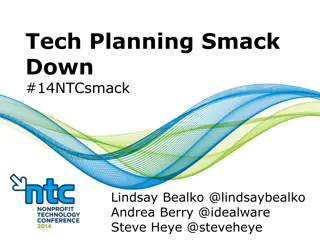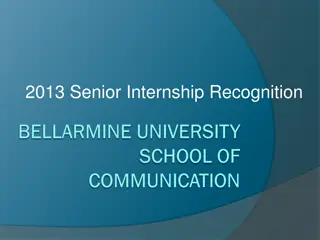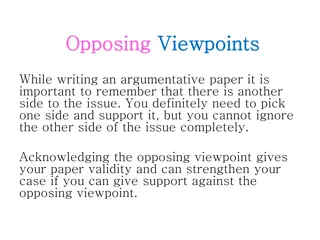
Modernity in Chinese Arts: Changing Perspectives on Tradition
Explore the evolving concept of modernity in China, questioning the dichotomy of modern versus traditional. Discover how artists like Hu Shih challenged conventions through vernacular poetry, reflecting societal shifts during the May Fourth Movement.
Download Presentation

Please find below an Image/Link to download the presentation.
The content on the website is provided AS IS for your information and personal use only. It may not be sold, licensed, or shared on other websites without obtaining consent from the author. If you encounter any issues during the download, it is possible that the publisher has removed the file from their server.
You are allowed to download the files provided on this website for personal or commercial use, subject to the condition that they are used lawfully. All files are the property of their respective owners.
The content on the website is provided AS IS for your information and personal use only. It may not be sold, licensed, or shared on other websites without obtaining consent from the author.
E N D
Presentation Transcript
Back to traditional ways or does modernity change it? By: Lindsay Walker
How do you define the word modern in the case of China? Is it meaningful or how meaningful to talk about China in such polarities as modern and traditional ? Give examples in the arts in which changes are represented as progress for the better.
Definition of Modern Website Definition: - Relating to the present or recent time as opposed to the remote past Ex. The road leading to the castle was modern blacktop. Gabriel didn t need to understand modern science. The castle was restored in modern times. The appliances were modern but the cabinets were old and solid.
A Modern Poet - Hu Shih an author who creates short but meaningful poems during the 20th century. He was one of the most influential post-imperial thinker and writer. Considered an unmatched poet formulated new approaches to old problems Do not avoid popular expressions or popular forms of character Hu s belief that modern literature should be written in vernacular, rather than classical Chinese. He believed that this practice had historical precedents, and led to greater understanding of important texts. - -
My Son by Hu Shih * / Yet a son has arrived on his own. The banner of No Descendants Doctrine *, Henceforth can never be proclaimed again! Just as flowers blossoming on a tree, So the flowers fall and fortuitously bear fruit. That fruit is then you, That tree is thus me. The tree originally had no wish to beget offspring, And I certainly have no favours to give you. But since you have arrived, I cannot not nourish you teach you, That is my duty and responsibility to humanitarianism, And not about granting to you grace and favours. In the future when you have grown up, Do not forget how I teach/admonish my son: I want you to be an upright principled man, Not to be my filial son.
Vernacular Language Movement - Vernacular represents an intellectual/political agenda who saw classical and local as impediments to literacy, education, and thus modernization. These intellectual advocated vernacular into writing and speech Vernacular writing was closer to the living language of the people. It also allowed people to understand/write/read it as well as it being appropriate for a modern nation. Eventually vernacular language unified with the national language especially in the May Fourth Movement which erupted in 1919 https://www.youtube.com/watch?v=9Fy6nCW6lXQ 11:50-13:03 - -
The May Fourth Movement - The Movement was directed toward national independence, emancipation of the individual, and rebuilding society and culture !915 young intellectuals called New Youth attacked traditional Confusian ideas and exalted Western ideas, particularly science and democracy. They criticized liberalism, pragmatism, nationalism, anarchism, and socialism. Moreover, Chen and Hu Shih proposed the vernacular writing style, replacing the difficult 2,000-year-old classical style - -
The Distant Relatives - In the slide before showed men all staring at something, well Lu Chen s theory might show these men looking into the future at the new modern China with Western ideas. While traditional paintings were made Chen was able to add more modern and westernization blended in them. Therefore, the resources for the modernization of Chinese painting were eventually fixed on Western modern art in his arguments. -
Lu Chens View on Westernization and Modernization - Started modern ink paintings in 1980 s, while he went abroad to France, came back and started to rebuild ink composition. According to Lu Chen not everyone adopted the expression and composition of Western modern art, but he believed could feel the thing hidden in it. Moreover, the relationship between these works and traditional Chinese paintings has become intimate again. Lastly, Lu Chen had every intention to transform Chinese paintings to Western art. - -
Is There Any Traditional Chinese Art Left? - Traditional Chinese Art was meant to capture and present philosophical life values, geopolitical landscape, and various perspectives. Sculptures, Calligraphy, Paintings, Pottery and Minor Arts(gold/silver/copper/silk/wood/amber) were considered traditional art before Western or Modern arts were introduced. -
Traditional Writing - One type of traditional artwork of China is calligraphy. Calligraphy was established during the Han dynasty(206 BCE -220 CE). This is a skill aimed to demonstrate control using an ink and brush. Calligraphy influenced the importance of composition and the use of blank space. Eventually, such notes and even poems became an integral part of the overall composition and an inseparable part of the painting itself. There was a fashion, too, for adding more inscriptions by subsequent owners and collectors, even adding extra portions of silk or paper to the original piece to accommodate them. From the 7th century CE owners frequently added their own seal in red ink, for example. Chinese paintings it seems were meant to be perpetually handled and embellished with fine calligraphy. - -
Description of Going Up to Sun Terrace - From the slide before is written by a traditional poet named Li Bai. English Dialect: Mountains high, waters flowing, long and long the ten thousand solid things, a myriad of reflected images. Even with a fine old brush and the hand to wield it how could all this clear and strong this spring and autumn turning be exhausted?
Works Cited https://dustysojourner.wordpress.com/2011/02/28/ -hu-shi-my-son/ https://brucespoems.blogspot.com/2013/12/dreams-and-poetry-hu-shih.html https://languagelog.ldc.upenn.edu/nll/?p=30801 https://www.britannica.com/topic/Shirakaba https://www.cafa.com.cn/en/opinions/interviews/details/8325471 https://www.worldhistory.org/image/4863/li-pos-calligraphy/ https://www.flashpointmag.com/libai10.htm Human Literature


